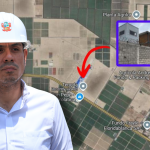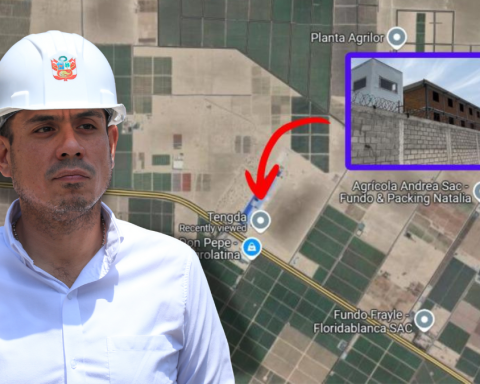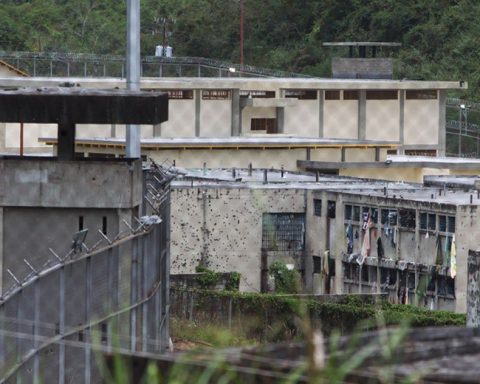Also, the census would not be done in a single day. A mechanism that collects information in up to six weeks is being studied. Find out what other changes there will be.
12 years ago the last population census of Ecuador. There it was determined that Ecuador had 14.5 million inhabitants. Over the years, the figure rose to 17 million and it is estimated that, currently, it reached 18 million.
To have this and other data, important for decision making and generation of public politicsthe National Institute of Statistics and Censuses (INEC) works on the new census that will take place in the third quarter of 2022.
The pandemic caused delays
Jorge García, deputy director of INECexplains that the registration, which should have been in 2020, could not be carried out due to the pandemic due to COVID-19. “There are face-to-face activities that correspond to the population census that have been carried out almost since 2018 and after the suspension of registration they have been maintained with a noticeably slower dynamic.”
The information collected at that time must be updated, since the population is constantly changing.
new census
The new census is scheduled for the third quarter of 2022. The final results would be by March 2013.
García details that this week they will close the construction of the census ballot that, among other things, has comparisons about what happened in 2010 “And how are we right now? It also incorporates issues that can be a change of pattern”.
It is estimated that this census ballot will consist of at least 65 questions. In 2010 there were 71. In addition, the pollsters will no longer be college students (500,000 were in 2010), now they will be 18,000 members of the INEC. And it is that tablets will be used for the surveys, which speeds up the data collection. It is even suggested that there are those who fill out their own census virtually.
Another possibility being studied is to change the methodology from a de facto census to a de jure one. In fact, it takes place for a whole day, as in previous years, where people cannot leave their homes. The law proposes a collection of data in a period of four to six weeks that does not require the person to leave their home for a whole day.
Lqbtiq+ Population
In Ecuador there are no statistics on how many people belong to the LGBTQ+ community. García highlights that it is being studied whether the parameter should be incorporated within the statistical projection of the census or in specific studies, that is, outside the 2022 surveys.
“The INEC has been testing this since 2021. We tested it in surveys with methodologically very interesting results. We have already tested questions to ask this query. However, the population still needs to mature so that it is willing to deliver this information without any problem”, indicates the Deputy Director of the INEC.
All this could, according to García, generate an underreporting of the Lgbtiq+ population “not so much because of the methodological construction of the variable, but because of the acceptance of people to respond clearly to this query.”
Until March 11, 2022, the question is included in the census form, but the INEC will make the decision whether to continue with said variable or not.
Garzón explains that part of the population lgbtiq+, due to the presence of families or environments of violence, may not be willing to answer the question honestly. (AVV)
















